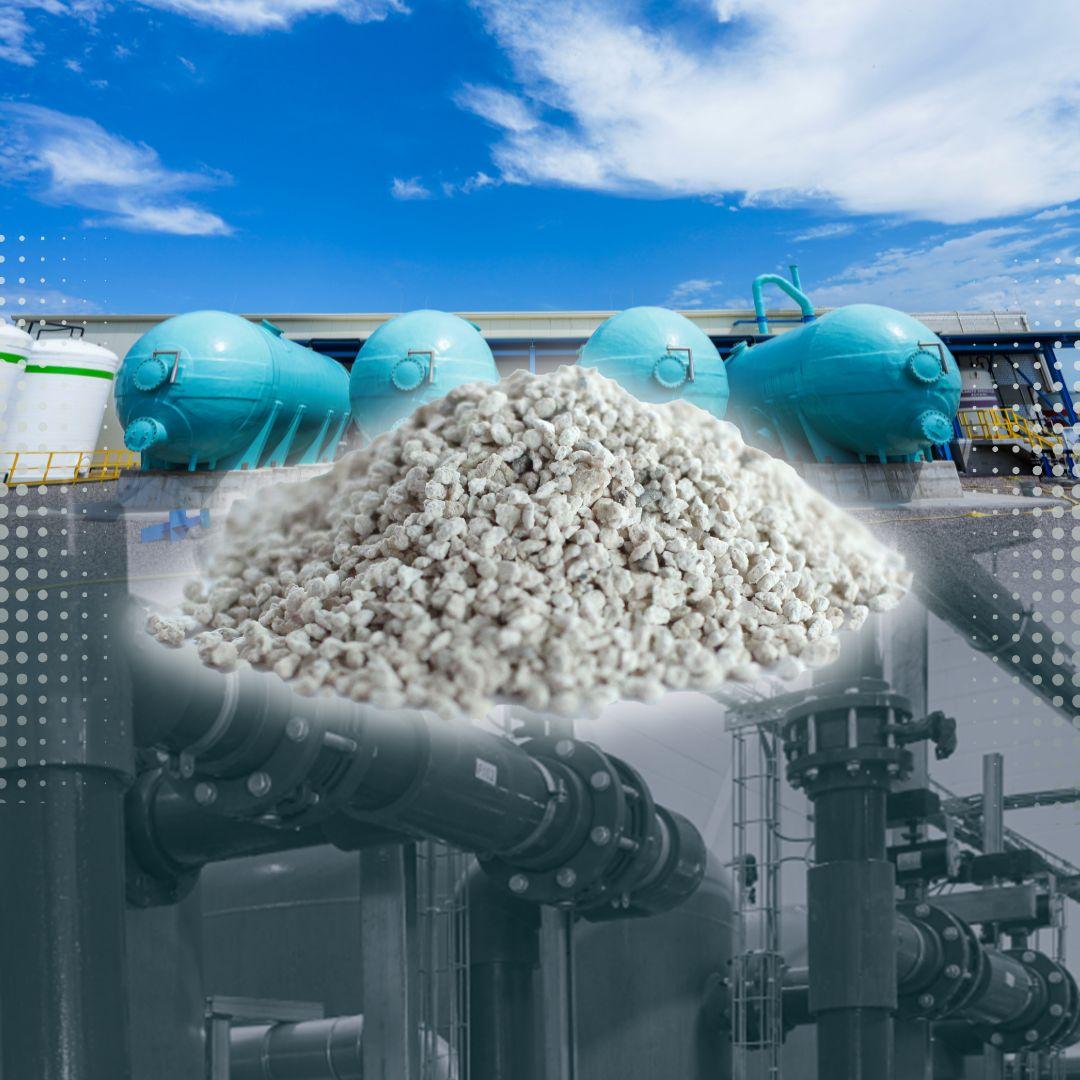The update of norm 127 (Official Mexican NOM-127-SSA1-2021) although in its essence it seeks to improve and guarantee the quality of drinking water for all, which is a human right, it represents enormous implications for all the agencies responsible for purifying water in Mexico, which by themselves most of them were having serious problems to comply with the previous version.

Among some of its main changes to said Standard is the reduction of the color parameter from 20 to 15, the turbidity from 5 to 4. The regulation of concentrations of disinfection by-products such as trihalomethanes, and also very important that of synthetic organic compounds increasingly present in our bodies of water.
This has huge implications for the current disinfection and filtration systems used by most water treatment plants, such as pre-chlorination and sand filtration, for several reasons:
The main one is that chlorination, especially in the chemical pretreatment phase, generates a huge amount of highly toxic by-products, and that the new standard is requiring its regulation.
On the other hand, most organisms resort to over-chlorination to reduce the color problem in the water, which would now imply that they would be generating concentrations of toxic by-products above the levels allowed by the standard.
In addition to this, very few purification plants in the country contemplate processes for the removal of synthetic organic compounds, and chlorine, beyond removing them, reacts with them, forming even more toxic compounds.
Lastly, many purification plants have problems maintaining turbidity below 5, especially those that take water from a surface water body and do not have a clarification process prior to the filtering phase (direct filtration). So with the new update it will be even more complicated.
For this reason, it is imperative to implement effective and low-cost investment and operation solutions so that they can be accessible to the operating agencies, and that allow them to comply with the new regulation as soon as possible.
It is here where the combination of state-of-the-art technologies such as the application of an ozone disinfection system and a new filtration process based on filter media such as Zeomedia represent, if not the best, an excellent alternative.
Since Ozone for its part has a disinfection and oxidation power 2 times higher than chlorinated compounds, which allows disinfecting and reducing and eliminating both natural and synthetic organic compounds. And most importantly WITHOUT GENERATING TOXIC BY-PRODUCTS.
For its part, an adsorbent material such as Zeomedia allows the retention of microparticles up to 1 micron that sand cannot, as well as heavy metals and organic compounds, guaranteeing the reduction of turbidity by up to 50% than a conventional filter and the removal of other contaminants. required by the standard.

By combining both processes, a highly effective synergy is generated that drastically improves the disinfection and purification processes, guaranteeing compliance with the most demanding regulations worldwide.
But as if the use of ozone and Zeomedia were not enough, they can represent a reduction of up to 60% in the costs of chemical pretreatment, and water and energy costs in backwashing. Contributing to substantially improve the financial situation of operating agencies.
Let's talk...
Tel: +52 81 3849 5959
Email: sales@zeomediafilter.com
We are the only company in Mexico with NSF certification to help you reach the new regulations and parameters marked by the new NOM 127 in the water treatment process.
If you are interested in knowing more about how this technology can help you or how you can start implementing it in your plant, do not hesitate to contact us.





